Triisopropanolamine
Synonym(s):1,1′,1"-Nitrilotri-2-propanol;1,1′,1′′-Nitrilotri(-2-propanol);Triisopropanolamine;Tris(2-hydroxypropyl)amine
- CAS NO.:122-20-3
- Empirical Formula: C9H21NO3
- Molecular Weight: 191.27
- MDL number: MFCD00004533
- EINECS: 204-528-4
- SAFETY DATA SHEET (SDS)
- Update Date: 2024-12-18 14:08:57
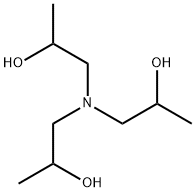
What is Triisopropanolamine?
Description
Triisopropanolamine (TIPA), a tertiary alkanolamine, is majorly used as a grinding chemical that reduces agglomeration in the ball milling process and changes the particle distribution of the finished cement.
Chemical properties
Triisopropanolamine is a white to slightly yellow crystalline that is almost odorless. It is fully soluble in water.
Triisopropanolamine is a corrosive and hygroscopic solid.
The Uses of Triisopropanolamine
Triisopropanolamine is an amine used for a variety of industrial applications including as an emulsifier, stabilizer, and chemical intermediate. It is also used to neutralize acidic components of some herbicides.
Triisopropanolamine is an aminoalcohol and belongs to the group of alkanolamines. It is majorly used as a grinding chemical that reduces agglomeration in the ball milling process and changes the particle distribution of the finished cement.
The Uses of Triisopropanolamine
Triisopropanolamine is used as an emulsifying agent.
The Uses of Triisopropanolamine
Major applications include water-based coating applications and agricultural products. Additional applications are antistat agents for polymers, corrosion inhibitor, electrodeposition/electrocoating, lubricants, paper, pigment dispersion, plastics, polyurethane additive, reaction intermediates, rubber curing, surfactants, mineral dispersion, and urethanes.
What are the applications of Application
Triisopropanolamine (TIPA) can act as an interfacial transition zone (ITZ) to improve the mechanical properties of the mortar and the concrete. It can also be used to increase the compressive strength of the cement-fly ash system by accelerating the hydration of both the compounds.
1. Cement industry - TIPA is commonly used a cement grinding additives. It increases the strength of cement and other mixtures for cement.
2. Metallurgy - TIPA is used as antioxidants and coolant and prevent corrosion in metals.
3. Polyurethane industry - preliminary usage as a agent and catalyst to improve PU quality.
4. Textile industry - TIPA is used as refining agent and other dye specific agent properties.
Definition
ChEBI: Triisopropanolamine is an amino alcohol.
General Description
White solid with slight odor of ammonia. Denser than water .
Air & Water Reactions
Water soluble
Reactivity Profile
Triisopropanolamine neutralizes acids to form salts plus water in exothermic reactions. May be incompatible with isocyanates, halogenated organics, peroxides, phenols (acidic), epoxides, anhydrides, and acid halides. Flammable gaseous hydrogen is generated by combination with strong reducing agents, such as hydrides.
Hazard
Irritant to skin and eyes.
Health Hazard
Irritation of eyes and skin. May cause slight corneal injury or burn. Repeated contact may cause skin burn. Heated vapor may cause moderate respiratory irritation. Low to moderately toxic by oral routes.
Flammability and Explosibility
Non flammable
Toxicity evaluation
Diisopropanolamine, Triisopropanolamine, Isopropanolamine, and Mixed Isopropanolamine are used as water-soluble emulsifiers and neutralizers in cosmetic products at concentrations up to 1%. In animal studies these ingredients were slightly toxic to practically nontoxic to rats and guinea pigs via acute oral administration. Triisopropanolamine was relatively nontoxic to rats in the two subchronic oral studies. These ingredients were moderate skin irritants for rabbits. All four ingredients, when tested at 100% concentrations, were severe ocular irritants in rabbits. Products containing small amounts (-1%) of Diisopropanolamine or Triisopropanolamine were not ocular irritants in rabbits. The Triisopropanolamine salt was not mutagenic in Aspergillus nidulans. Diisopropanolamine and Isopropanolamine at concentrations of 2% did not induce allergic contact dermatitis or photoallergic dermatitis in humans. Clinical studies on cosmetic products containing no more than 1% Diisopropanolamine or 1.1% Triisopropanolamine were minimal skin irritant and contact sensitizers. It is concluded that Diisopropanolamine, Triisopropanolamine, Isopropanolamine, and Mixed Isopropanolamine are safe as cosmetic ingredients in the present practices of use and concentration. The Isopropanolamines should not be used in products containing N-nitrosating agents.
Final Report on the Safety Assessment of Diisopropanolamine, Triisopropanolamine, Isopropanolamine, and Mixed Isopropanolamine
Precautions
Hygroscopic. Store away from oxidizing agents, water/moisture. Keep the container tightly closed and place it in a cool, dry and well ventilated condition. Store under inert gas.
References
Pensri Piboonchaisit, et al. Novel Route to Tris(silatranyloxy-i-propyl)amine Directly from Silica and Triisopropanolamine, Part I.ScienceAsia.1999,25113-119.
Paul J. Sandberg.; F. Doncaster. On the mechanism of strength enhancement of cement paste and mortar with triisopropanolamine.Cem. Concr. Res.2004,34(6), 973-976.
Properties of Triisopropanolamine
| Melting point: | 48-52 °C (lit.) |
| Boiling point: | 190 °C/23 mmHg (lit.) |
| Density | 1.0 |
| vapor pressure | 1 hPa (100 °C) |
| refractive index | 1.4200 (estimate) |
| Flash point: | 160 °C |
| storage temp. | Store below +30°C. |
| form | Crystalline Low Melting Solid |
| pka | 14.37±0.20(Predicted) |
| color | White to slightly yellow |
| PH | 10.8 (100g/l, H2O, 20℃) |
| explosive limit | 0.8-5.8%(V) |
| Water Solubility | Soluble |
| FreezingPoint | 52℃ |
| Sensitive | Hygroscopic |
| BRN | 1071570 |
| CAS DataBase Reference | 122-20-3(CAS DataBase Reference) |
| NIST Chemistry Reference | 2-Propanol, 1,1',1''-nitrilotris-(122-20-3) |
| EPA Substance Registry System | Triisopropanolamine (122-20-3) |
Safety information for Triisopropanolamine
| Signal word | Warning |
| Pictogram(s) |
 Exclamation Mark Irritant GHS07 |
| GHS Hazard Statements |
H319:Serious eye damage/eye irritation H412:Hazardous to the aquatic environment, long-term hazard |
| Precautionary Statement Codes |
P273:Avoid release to the environment. P305+P351+P338:IF IN EYES: Rinse cautiously with water for several minutes. Remove contact lenses, if present and easy to do. Continuerinsing. |
Computed Descriptors for Triisopropanolamine
Triisopropanolamine manufacturer
Viswaat Chemicals Limited
TRUUCHEM TECHNOLOGIES PRIVATE LIMITED
New Products
(S)-3-Aminobutanenitrile hydrochloride 4-Methylphenylacetic acid N-Boc-D-alaninol N-BOC-D/L-ALANINOL Tert-butyl bis(2-chloroethyl)carbamate N-octanoyl benzotriazole 3-Morpholino-1-(4-nitrophenyl)-5,6-dihydropyridin- 2(1H)-one Furan-2,5-Dicarboxylic Acid S-2-CHLORO PROPIONIC ACID ETHYL ISOCYANOACETATE 2-Bromo-1,3-Bis(Dimethylamino)Trimethinium Hexafluorophosphate 4-IODO BENZOIC ACID 3-NITRO-2-METHYL ANILINE 1-(2,4-DICHLOROPHENYL) ETHANAMINE (2-Hydroxyphenyl)acetonitrile 4-Bromopyrazole 5,6-Dimethoxyindanone 2-(Cyanocyclohexyl)acetic acid 4-methoxy-3,5-dinitropyridine 1-(4-(aminomethyl)benzyl)urea hydrochloride 2-aminopropyl benzoate hydrochloride diethyl 2-(2-((tertbutoxycarbonyl)amino) ethyl)malonate tert-butyl 4- (ureidomethyl)benzylcarbamate Ethyl-2-chloro((4-methoxyphenyl)hydrazono)acetateRelated products of tetrahydrofuran
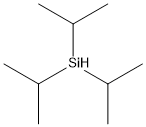


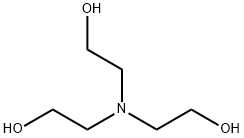
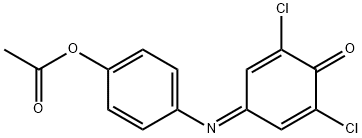
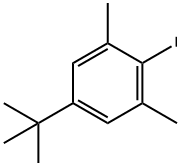


You may like
-
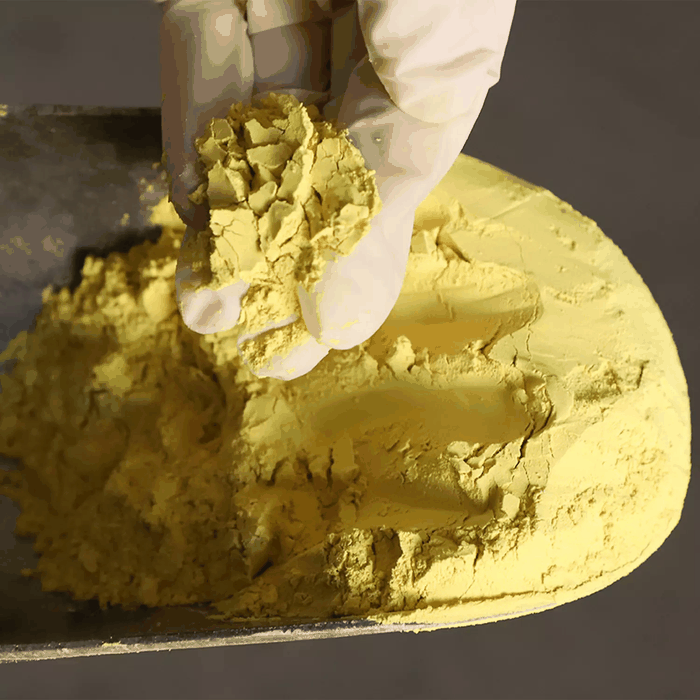 TRI ISO PROPANOLAMINE 99%View Details
TRI ISO PROPANOLAMINE 99%View Details -
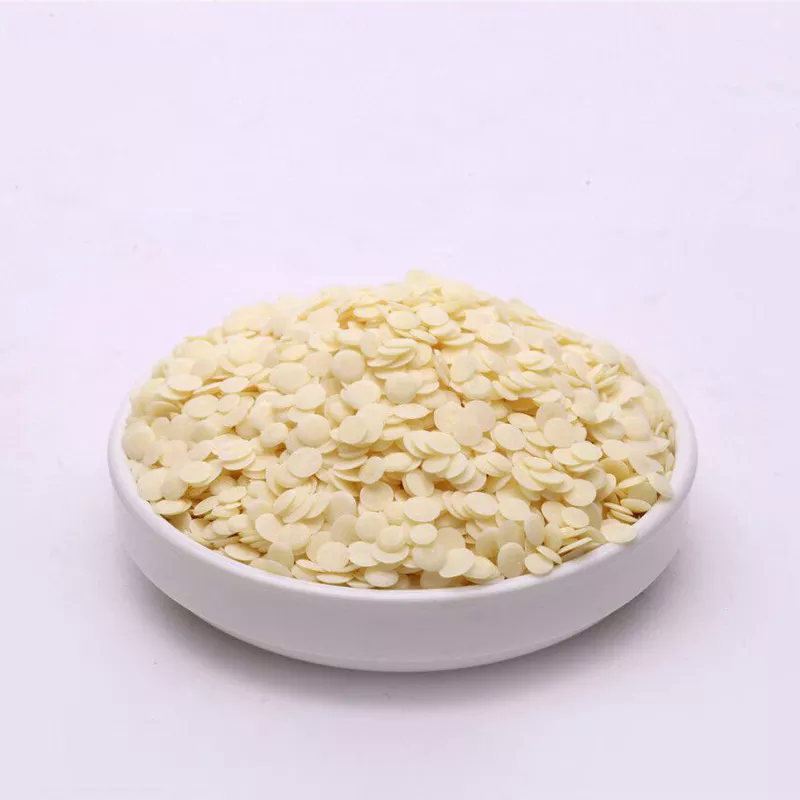 Triisopropanolamine 122-20-3 98%View Details
Triisopropanolamine 122-20-3 98%View Details
122-20-3 -
 Triisopropanolamine (mixture of isomer) CAS 122-20-3View Details
Triisopropanolamine (mixture of isomer) CAS 122-20-3View Details
122-20-3 -
 Triisopropanolamine CASView Details
Triisopropanolamine CASView Details -
 122-20-3 Triisopropanolamine 99%View Details
122-20-3 Triisopropanolamine 99%View Details
122-20-3 -
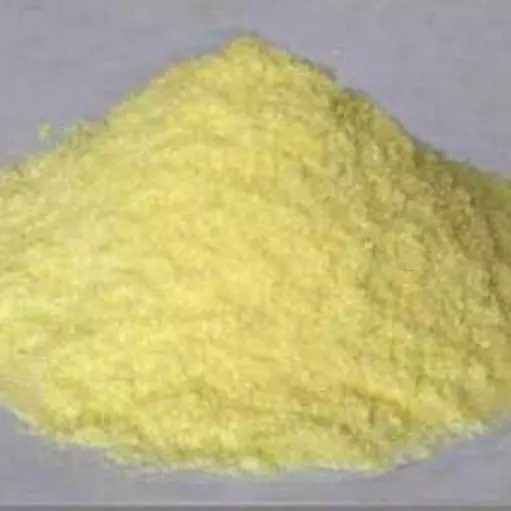 122-20-3 Triisopropanolamine 99%View Details
122-20-3 Triisopropanolamine 99%View Details
122-20-3 -
 1,1′,1"-Nitrilotri-2-propanol CAS 122-20-3View Details
1,1′,1"-Nitrilotri-2-propanol CAS 122-20-3View Details
122-20-3 -
 Triisopropanolamine CAS 122-20-3View Details
Triisopropanolamine CAS 122-20-3View Details
122-20-3